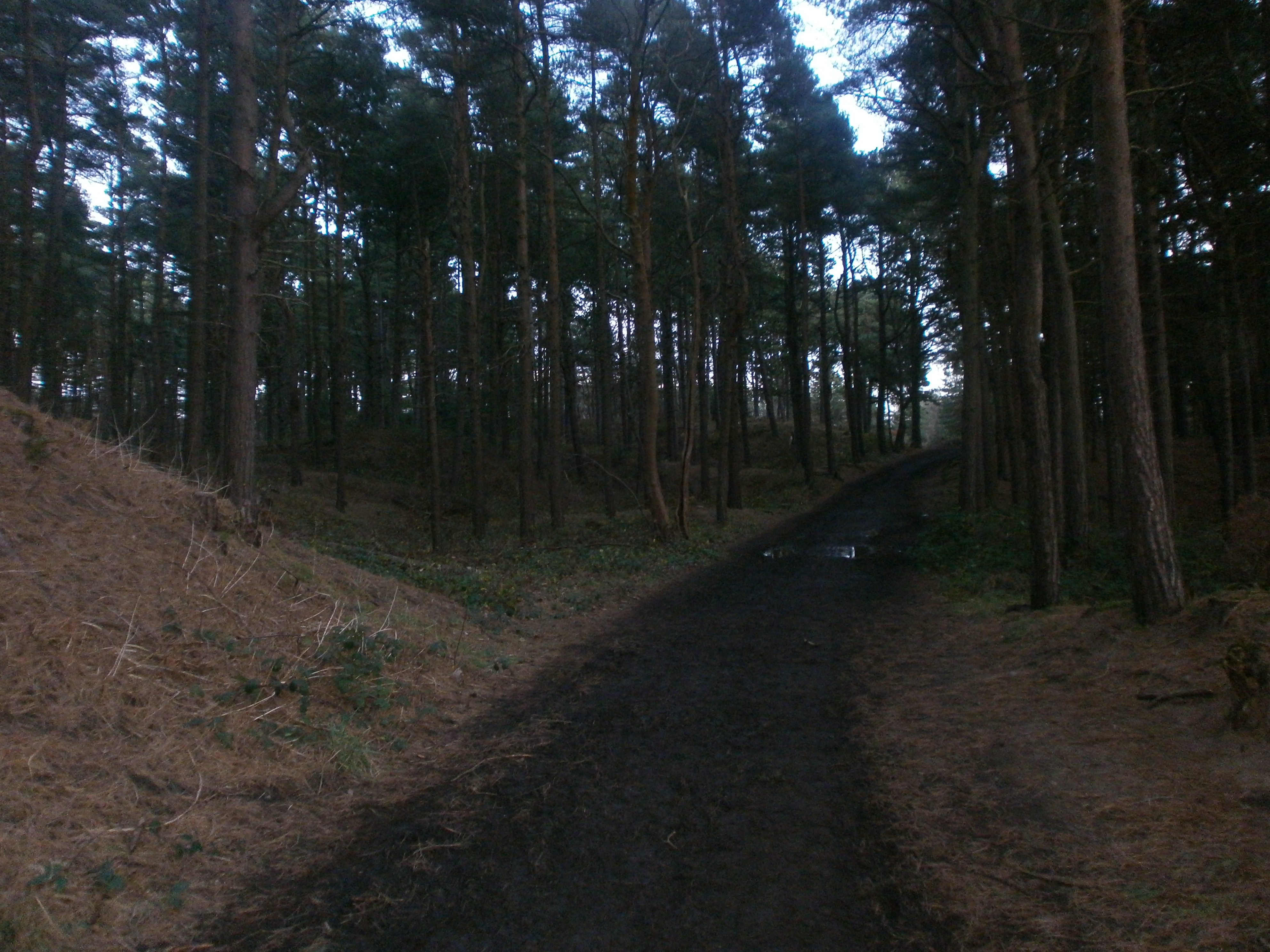When I moved to Formby over 20 yrs ago, the red squirrels were everywhere. We used to love watching them in the garden, chasing each other up the tree trunks and endlessly burying the peanuts we left out for them. Then, about 8yrs ago they totally disappeared. Last week I saw one back in the garden but sadly I couldn’t get a pic of it. I’m hoping that’s a good omen and that they’re making a comeback!
The red squirrel reserve in Formby used to be home to thousands of red squirrels, until the poxvirus struck which almost wiped them out, the pox outbreaks can be 100% leathal. The squirrels are attracted to Formby by the large numbers of conifers, as they feed on the ripe pine cones. They also eat fungi, shoots and the fruits of shrubs. Our squirrels used to love eating the apple blossom buds, and I’ve even seen them eating birds eggs!
The red squirrel is native to Britain but is now endangered. Some estimate that it will be wiped out in the next 30yrs. Threats to the squirrel include traffic and birds of prey, but the biggest threat comes from the grey squirrel that was introduced to Britain in 1876 as a decorative species for the upper classes who allowed them to populate the grounds of their stately homes. The grey carries the pox virus and is also a serious competitor for food as it is far more adaptable and is expanding it’s range across Britain.
Oops…how did my beautiful puppies get in there????
In Britain there are 120k red squirrels, 3k in Scotland, 3k in Wales and 15k in England. Strangely enough, red squirrels can swim and are either right or left handed! A red can live up to 6yrs and can have two litters of up to 6 kittens a year.
As reds are now the most threatened mammal in the UK scientists are working on a cure to the poxvirus which they think may become available in the next 5yrs. I’m not sure the reds can last that long though. In the last twelve months I’ve only seen a few squirrels in the pinewoods, and I’m a frequent visitor. A few years back people flocked to see them and they where a common sight in the pinewoods.
Meanwhile, extensive culling of the grey goes on across the UK, yet another animal suffering because of man’s interference and recklessness. The grey is merely a successful species that has adapted to it’s environment. Options to culling could be to trap and neuter greys or create fire breaks between red and grey habitats. Contraception could also be left in food. Some suggest introducing a predator to reduce grey populations, but that always seems to create more problems than it ever solves, and any predator would also hunt the reds.
Formby sand dunes.
In the last month I have visited the pinewoods over ten times, taking a different route each time and sadly have not seen one red squirrel. I wonder if the will even be around for the next five years….sadly, I don’t think so.








I’m not sure they will either. Such a shame though.xxx
Shame about the demise of the reds. I’m not hopeful that they will make a comeback.
Thanks Scarlet, it’s a stunningly beautiful place to walk and we are so lucky to have it on our doorstep. Yes it will be a terrible loss if we lose our reds.x
What a beautiful walk!! It’s so sad about the squirrels though 🙁 x